Chincha, the land of the Afro-Peruvian culture
Hello everyone! I hope you are all very well. Today I would like to tell you about a place that I keep in my heart and that I have a lot of love for, being the land where my mother was born. I am talking about the capital of Afro-Peruvian music and culture: Chincha. One of the happiest places in Peru where you will find different dances such as the traditional ”festejo” dance:
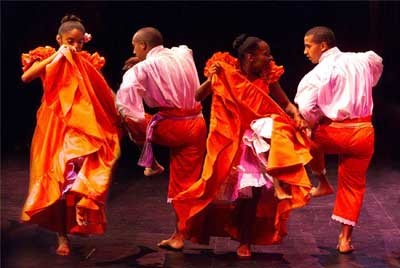
I have been able to go to Chincha since I was a baby. My mother took me and my brothers on summer holidays to the house where my grandparents and great-grandparents lived. I can tell you that, as a child who liked to watch TV many times over, I did not like it so much at the beginning because there was no electricity where my grandparents lived at the time. But, the years have passed and they have given many memories of this beautiful time of my life and, obviously, I have come to love this magical land very much, where the sun rise is powerful, and I remember that every time I returned to Lima I returned as a Chinchano due to coming back more tanned and dark, that cheerful colour that characterises the inhabitants, those smiles and that way of speaking that even today I can recognise from miles away.
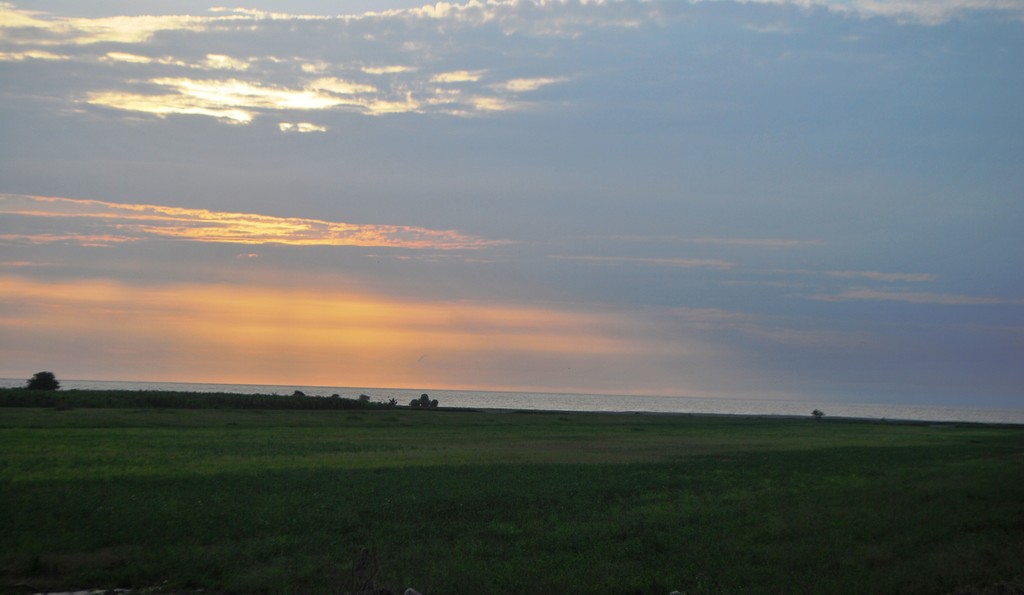
Two of the places in my homeland that I love most are Chincha and Lima. I could dedicate many pages to both places, telling about the things that can be done there and today, as I am far from Peru, I realise how valuable each one was during those stages of my life and what I have been able to learn in Chincha. Besides eating the delicious dishes that my grandmother prepared and having had the privilege of having met my four Chinchano great-grandparents, which I think it is a pleasure that not everyone gets but that I have had. And Chincha has given me many things that have persuaded me throughout my life to dedicate myself to studying Tourism.
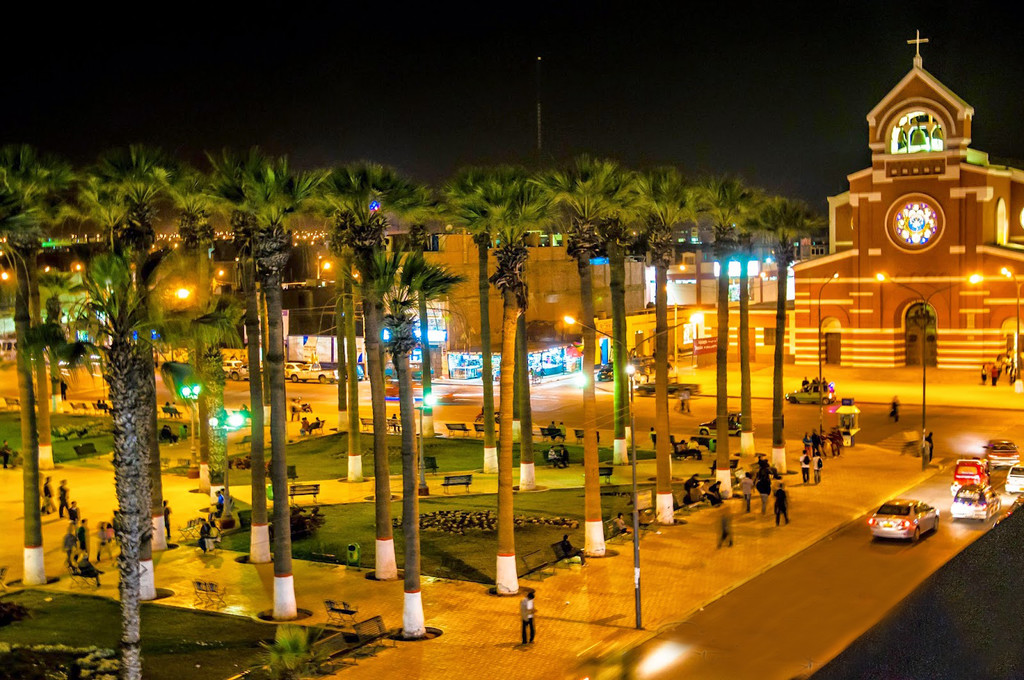
Today, the place where my grandparents lived no longer exists, so my grandmother then moved to the city outskirts in the Sunampe district. But in the future, I would like to return to those origins and buy that land again to maybe rebuild some country house where I can go and disconnect from the noise of Lima for a moment.
Where is Chincha and how to get there:
Chincha is located south of Lima, about 200 kilometres from what is known as the Panamericana Sur. Less than three hours away by bus, it is a city that belongs to the Ica department and is well known for its black music. In addition to many finger-lickin’ dishes, Chincha is a destination that fills me with pride. In one of my first publications I mentioned about the Huaca La Centinela (article currently in Spanish), which is an archaeological centre for the Chincha culture, found within this beautiful area.
To get there from Lima, there is daily public transport and I think that they leave every ten minutes, whatever the time of day and the price depends a lot on the day. If you go on a weekday, it costs a few Peruvian sols less, but if you go on a weekend, the fare may increase a little more due to high passenger demand.
Whenever I go to Chincha, I go to the centre of Lima on Avenida (Avenue) Abancay. Near the university park, you will find a station called "Montevideo" where there are transport companies that go south, and not only to Chincha, but also to Cañete, Pisco and Ica.
I will tell you a little more about the other sites but, in the meantime, I want to focus on Chincha today, a place characterised by the joy of its inhabitants and the one place that you can take advantage of due to it being close to Lima, as you can find transport there from about 10 soles. And, if you want to go on a safe and comfortable bus, I would recommend Cruz del Sur, although there is something for everyone!
Chincha is one of the largest cities that Ica has. Today, it has almost 60, 000 inhabitants, surpassing nearby places like Cañete and Pisco.
I want to share a photo here of me with one of my friends from my university, San Marcos, when we were in Sunampe along with my grandfather's motorcycle. In Chincha, you will see many motorcycles in the streets, and this means of transport is very economical as a way to be able to get around the city:
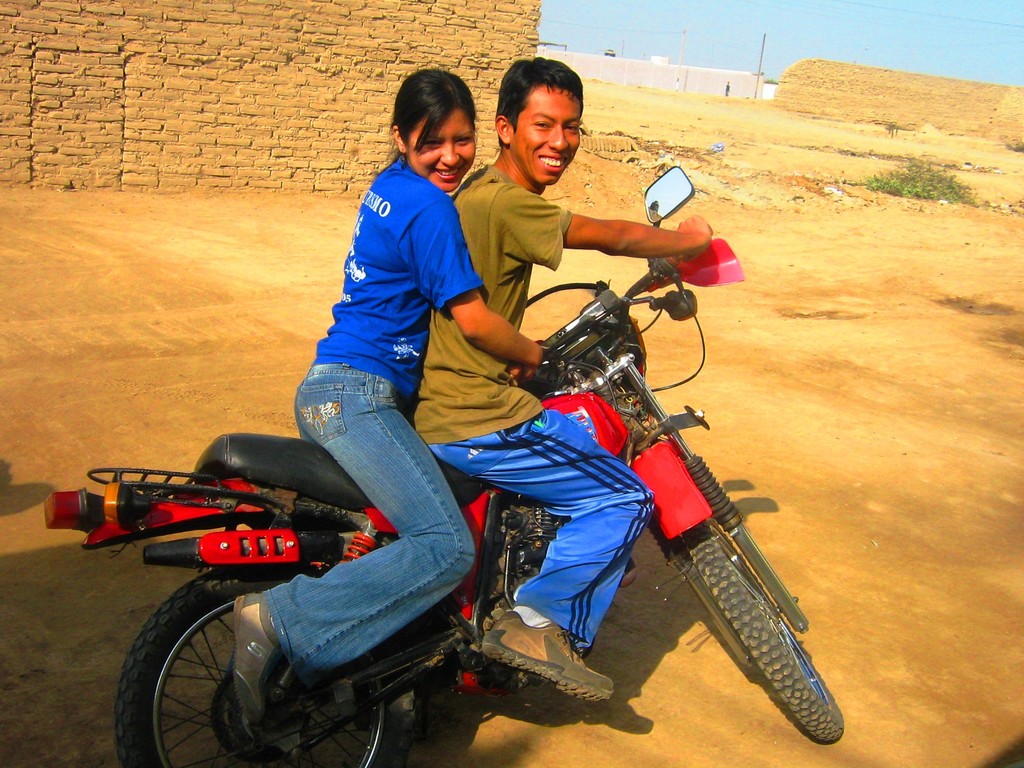
Chincha is divided into districts, and each district has a special characteristic about it that you can discover without travelling too far from Lima.
Chincha is divided by 11 districts and, to many people’s surprise, I will tell you that Chincha also has its mountainous regions, which are still not very popularly visited:
- Alto Larán District
- Chavin District
- Lower Chincha (“Chincha Baja”) District
- Upper Chincha (“Chincha Alta”) District
- El Carmen District
- Grocio Prado District
- Pueblo Nuevo District
- San Juan de Yanac District
- San Pedro de Huacarpana District
- Sunampe District
- Tambo de Mora District
Today, I would like to tell you about the places that you can also discover in this beautiful coastal area. Without further ado, have some paper and a pencil ready and let's begin to discover them!
Casa Hacienda San José: Cultural Heritage Site in Peru
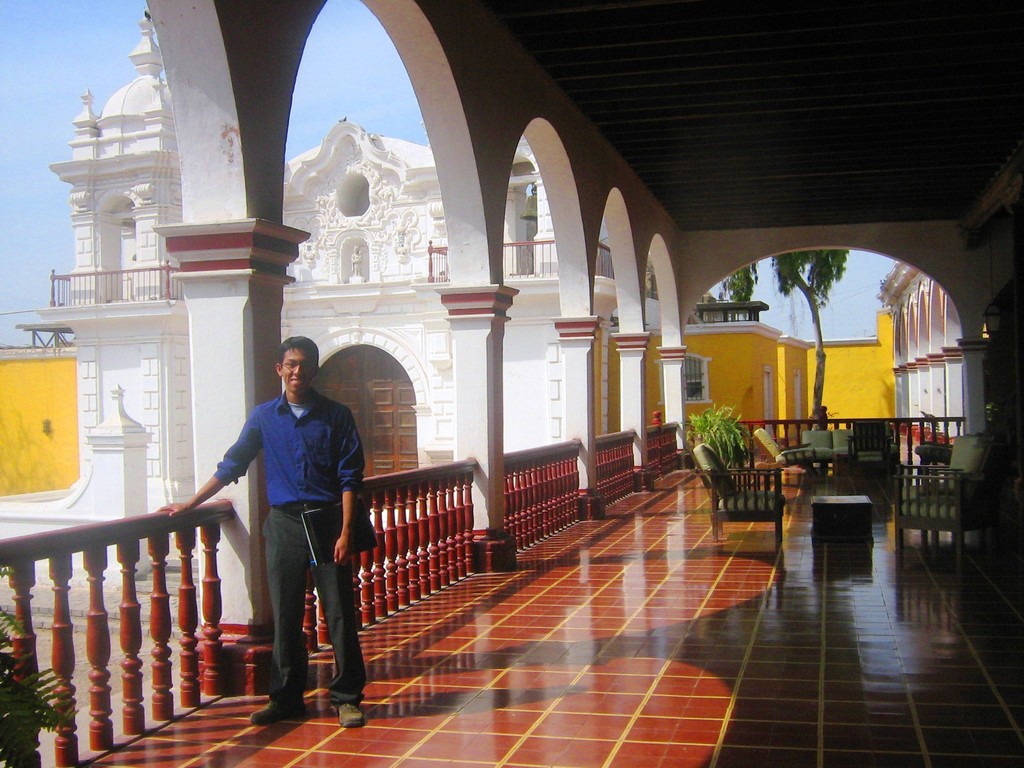
This place is an old colonial “hacienda” (farm) where black slaves worked in the cotton fields and is today one of the places I like most in Chincha. Furthermore, this place is also a museum and a hotel at the same time, within its facilities there is a chapel with a white façade, and below the house there are some catacombs! The first time I walked in there, I felt as if I had entered a narrow tunnel full of many stories, and although I have gone in to other catacombs, such as those in San Francisco de Lima where I was a tour guide, I have to admit that you feel an adrenaline rush in the catacombs of the Hacienda San José because there is no electric light there and each person enters with only a candle for the narrow corridors. Certainly a place that you have to visit when you pass through here. I assure you that you will not regret it. I will also let you know that these catacombs served as a place where slaves were punished in the dark passages.
Furthermore, the Hacienda San José is a Cultural Heritage Site in Peru, declared so for its beautiful architecture and for having witnessed the stage of colonial slavery of black people. It is about 15 kilometres from the centre of the city. Afro-Peruvian music was also produced in the farm, such as the traditional "Festejo" and "el alcatraz". You can see here some musical instruments such as the famous Peruvian cajon.
For your information, I will tell you that the Hacienda San José is located in the El Carmen District and to get there you can take whatever bus from the square in Chincha that is very close to the market. And in approximately 30 minutes you will have arrived at this beautiful farm.
If in case you want to stay for a night on this farm, you can find more information by visiting the official page of the “hacienda”, where you will find information about rooms and rates: www.casahaciendasanjose.com
I love this Museum, it also has a small countryside where you can see some horses in it, it is simply worth seeing, I recommend you go to see some of the nature in the Chinchano land.
In addition, I will tell you that, in this part of Peru, there was a terrible earthquake that damaged the hacienda and cities such as Pisco, Cañete, Ica and surrounding areas. It was a very sad time that I had to live through because, with my mother, we had to go see my family members such as my grandmother and my uncles, who, thankfully, suffered no physical damage, but did suffer material damage. Today, after almost nine years, Chincha is slowly rising again to offer itself as a tourist alternative near to Lima.
Due to the earthquake, the façade of the chapel of the farm was destroyed. But today it already looks restored, much to the delight of all of us! So, go to Chincha!
The cost of admission to the museum is 20 soles per adult.
Melchorita House: the holy place in Chincha
Melchorita was a religious servant of the city of Chincha. Her full name was Melchora Saravia Tasayco and she grew up in the Grocio Prado district, and today her house is a place where her faithful go to worship her. The first time I went here was when I was a child and my aunt from Chincha took me to be able to pray. It is said that when you pray with faith and light one of the candles of the missionaries of the temple, you will have a wish granted. Inside Melchorita's house you can see what her bed, her clothes and many other things were kept.
In addition, outside Melchorita's house you can find some artisanal gentlemen from Chincha who sell handmade bags, which are known for the art of basketry in all its varities and colours. They are simply wonderful and I recommend them.
For people who have a sweet tooth, like me, Chincha offers delicious delicacies such as “frejol colao”, which is a dark cream made from beans and that can be eaten with bread; “chocotejas”, which are pecans covered and decorated with white chocolate. As well as sweets, there are foods such as loquat, peach, quince, sweet potato. And now I want to go back to Chincha! Just remembering all the sweets that can be found there, all of which can be found outside the house of Melchorita as well as at the bus station and in the centre of the city. Also, take advantage of trying “pan con adobo”, one of the richest and most seasoned breads that I have ever tasted in my different visits to the south.
Here I want to share a photo of the house of Melchorita. I took this photo in the jail of Chincha, a jail that was built on the beach and that was destroyed due to the earthquake and is now abandoned. Even in those times, it was said that many prisoners escaped, so I took the opportunity to visit the destroyed jail because I had never visited one, and on one of its walls I found the image of the "Melchorita", the holy place of Chincha:

Here I will also share a photo of the cell that I visited, see how, after the earthquake, it no longer exists, so I am just showing you so that you can understand the magnitude of this natural disaster:
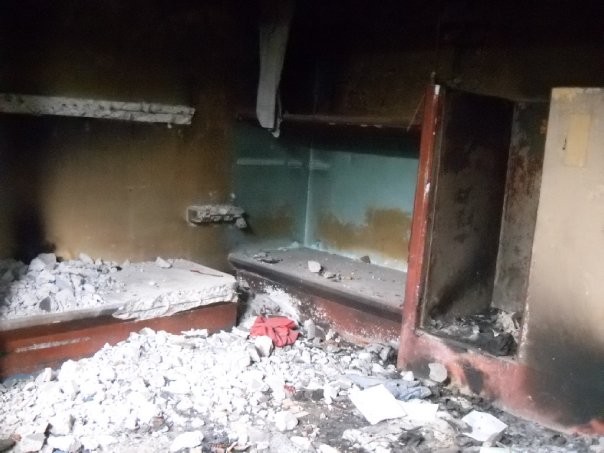
Thankfully, today times have changed and Chincha has a new face and its people continue to maintain that warmth that they have not at all lost, despite having lived through such difficult times.
Huaca La Centinela, the capital of “Chincha” culture
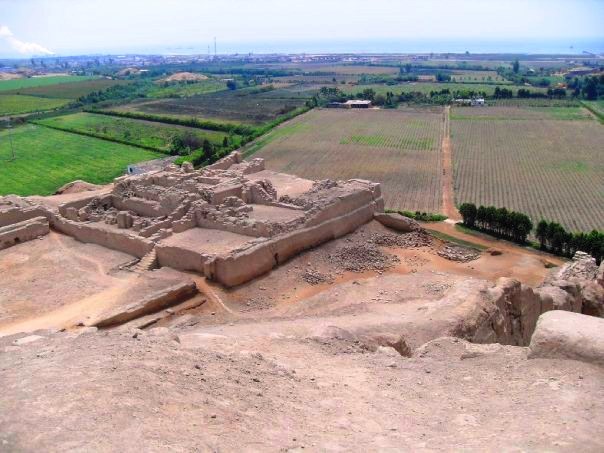
In a previous publication, I dedicated a whole section to this pre-Hispanic archaeological centre, which is still visited very rarely. This centre was the capital of the Chincha culture and in it there are different pyramids and remains of what was one of the most prosperous cultures from the Peruvian coast.
I recommend it since you can use the top of the centre to your advantage to see a whole panoramic of the landscape of cotton and the valley that surrounds them, in addition to the sea and the Tambo de Mora town.
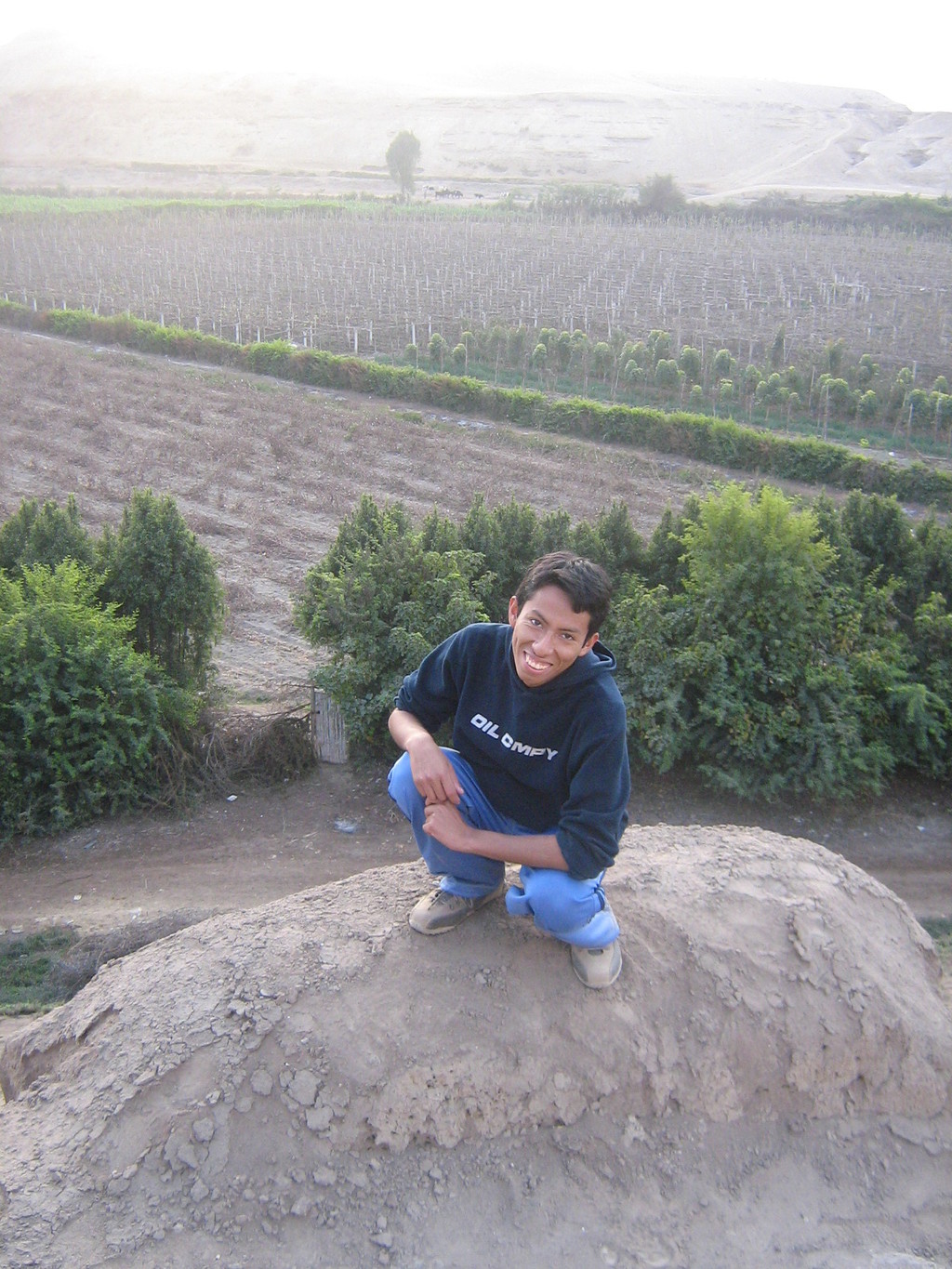
Inside, you can also find a small site museum with different ceramics of the Chincha culture. Here, for example, I give you an image of the Jaguar god, who was the main god of the Chincha culture.

El Carmen disctrict: a hub of champions
The district of Carmen is the district with one of the most charismatic populations of Peru. It is a hub of many dancers and is known for the black dancers that dance in the main square of the city. Also nearby is the house of a family with a broad musical career called “the house of the Ballumbrosio”.
The patriarch of the family was called Amador Ballumbrosio. I had the opportunity to meet him on one of my visits, but he has now passed. However, even today the family continues to maintain the tradition of dancing and playing with a Peruvian cajon for those who go to visit them. Also, when you enter you can see different photos of renowned people from Peru who have also gone to meet them.
If you want to know a little more about Carmen and the Ballumbrosio family, I have found a video showing the dances performed in Carmen, that I will leave here: www.youtube.com/watch?v=UazKyzoxY2M
That very nice accent that the residents of Chincha have is something that you can learn during your visit to this part of Peru. For example, they often say the word "jito" that would be a diminutive of the word “hijo” or “child”, something that I always keep in my memory.
What you could do is go to Hacienda San José and then visit El Carmen, so you know more about Afro-Peruvian culture, and of course to also eat a delicious sopa seca (noodle casserole). Near this area is the house of Mamá Ine, one of the most recognized cooks in Chincha, where you can eat a delicious food with beans, and the traditional sopa seca chinchana, which is a dish that is served not only in Chincha but also in other southern towns, but many say that the best one of all is the one from Chincha. I believe them because every time my grandmother from Chincha comes to visit me in Lima, she prepares me this delicious dish.
Sunampe: the Chinchano land of wine

This is the district of the land where my mother was born and it is where I went to most as a child. Sunampe is known for its delicious wine and also for its grapes. Here, for example, you can go to visit each of its facilities and make use of a free wine tasting and then, if you liked the wine, you can buy a bottle from some of its many vineyards. One of the best known is Tabernero wines. Furthermore, Sunampe also has different areas where you can stay in some lodgings that have a swimming pool.
More facts about Chincha:
- Chincha is a city where its centre is filled with lots of movement towards the provinces. Inside, you will find many mototaxis around its market and its main square.
- In Chincha, you will also be able to eat a tasty sopa seca, which is one of their best known and most delicious dishes that consists of noodles, carapulcra (Peruvian stew) and boiled chicken. You can also eat a delicious Chinchano tamale with a coffee for breakfast, which is what I eat most when I visit my grandmother. They sell it in the markets wrapped up with banana leaves, and the inside is full of chicken stuffed with peanuts, which is something you must try when you visit Chincha.
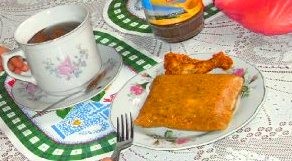
- The best time to visit Chincha is during summer time, although the weather here does not vary much and it is almost always mild, you can also got to the “Verano Negro” festivities, where there are concerts and lots of dancing.
- Another festivity that dignifies a visit during this time is “Vendimia”.
- Chincha also has beaches such as Lurinchincha, one of the most beautiful and tranquil beaches in the area.
- The budget to visit Chincha for a weekend, per person, would not exceed 200 Peruvian soles (£50), even if you go to all the places in Chincha.
- Chincha is very near to the city of Pisco where you can also go to visit the Ballestas Islands (Islas Bellestas), which are considered to be the only marine reserve in Peru.
- Chincha also has a mountainous region known as Laran, where there are some petroglyphs that are still in the process of being investigated.
- People know Chincha by a special phrase: ¡Vamos pa’ Chincha familia!
I hope that this has encouraged you to go to Chincha, on of the happiest places in Peru! See you soon, travellers! And many thanks for reading this travel experience about one of the places that I love the most in my country.
Photo gallery
Content available in other languages
Want to have your own Erasmus blog?
If you are experiencing living abroad, you're an avid traveller or want to promote the city where you live... create your own blog and share your adventures!
I want to create my Erasmus blog! →















Comments (0 comments)